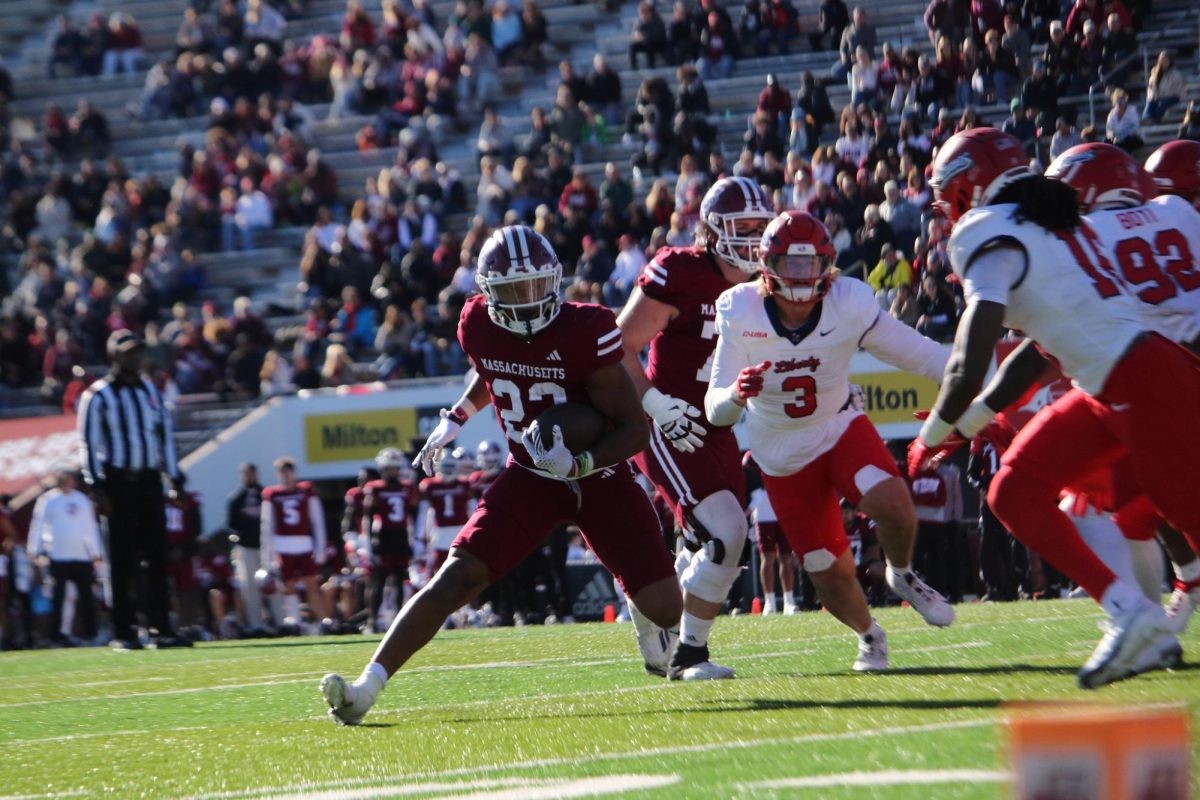MADONNA
Andrew Morton
St. Martin’s Press
“He couldn’t possibly have the real story on me, because he never interviewed either myself or anyone that really knows me, so what’s the point in publishing a book?”
That was Madonna last week in an interview speaking about author Andrew Morton’s latest biography. Earlier this year, Morton promised the world a sensational read while writing the book on the world’s most famous woman, promising to unravel the Madonna we never knew and discovering details of her early years.
Andrew Morton is of course one of the best-known biographers and famous for celebrity dish. He penned two hugely successful biographies on Princess Diana (Diana: Her True Story) and Monica Lewinsky (Monica’s Story). Morton’s “credibility” has come from the fact that he had direct access to his subjects in the books about Diana and Lewinsky. As Madonna makes clear in her admonition of the book, such is not the case in his latest book. In fact, nobody who actually knows much about Madonna was interviewed for the bio. Not family members, not close pals Rosie O’Donnell or Gwenyth Paltrow, nor even business associates such as long-time publicist Liz Rosenberg.
What more can be said about Madonna? After all, she is one of the most written about (and photographed) people in the world. I don’t know what shreds of news are left to be leaked, shared or otherwise sold.
The depressing consequence of books like Madonna is that the tawdriness level is off the scale. It is without surprise that the book dribbles in repeated stories and diva deconstruction. Most of the quotes come from recycled interviews from magazines and TV appearances. There are few revelations, most of which are insubstantial and only lightly discussed. And since Madonna had absolutely nothing to do with the book, the reader is left wondering if any so-called “exclusives” are actually true. (Morton estimates that Madonna’s worth is $300-600 million: talk about ballpark figures.)
The text of Madonna seems tired and tacky. As if we don’t already know, Morton spends nearly the entire book trying to convince us that Madonna is in supreme control of her career but so often out of control in her love life. More information about Madonna can be learned by watching her spectacular Drowned World Tour, where revelations of her life are imbedded in the theatrics. At the age of five Madonna’s mother died of breast cancer, leaving her, along with five brothers and sisters, alone. It was from these awful circumstances that Madonna had a burgeoning desire to become a superstar and to find a lover; yearned for the attention she never received when she was younger.
The highlights in Madonna are the wealth of unpublished photos and an occasional contribution from past lovers. Morton portrays the now Material Mom as an insecure manipulator so desperate for affection that she scared off some boyfriends, two-timed most of them and almost always made foolish choices.
Morton claims Madonna had two abortions: once with boyfriend Jellybean Benitez and the second during her relationship with Sean Penn. Both pregnancies were terminated because Madonna felt it would slow her career.
The tragic incident, according to Morton, that led Madonna to divorce Sean Penn occurred on the night of Dec. 29, 1988 when “Penn grabbed his wife, threw her down and sat on her, pinning her arms to the floor. In spite of her screams and tears he kept her like that for what she later told friends was about four hours.” Any hope of reconciliation died and a month later they were divorced.
Vanilla Ice, one of Madonna’s lovers in 1991, spoke candidly about his tryst with Madonna. “I was digging her, but there was a desperate neediness about her an impatience to get married,” he was quoted as saying. Then there’s her flame with Michael Jackson in 1991 that, “one of her lovers” confessed: “When they touched he would start giggling, like a little boy. Nothing happened because he was giggling so much.” Yet another “one of her former lovers” claims that her fling with JFK Jr. in 1987 failed because “he was just too nervous for them to click sexually.”
In the fall of 1978, according to old college friend Linda Alaniz, Madonna was sexually assaulted at knifepoint on a tenement rooftop. Morton recounts her horrific incident.
“When they reached the rooftop, the attacker forced Madonna at knife-point to perform oral sex on him. Almost paralyzed with fear, she obeyed, without a word, her assailant left as abruptly as he had appeared leaving her alone in a state of utter shock.”
Madonna is no longer eager to open up her heart to the public. The birth of her first child in 1996 softened her image. That iron armor she wears around is necessary protection for prying paparazzi that snap photos and look for the dirtiest details at any expense. Unlike her wedding to Penn in 1987, her wedding to British film director Guy Ritchie last year was a heavily guarded affair; one in which the thousands of photographers who descended on Dornoch Cathedral (in Scotland) have yet to see a single photo materialize from the event.
In the end, Madonna only justifies that only an autobiography by the star herself (or at least a biography in which she may have a heavy hand in) would provide a close look into her mind. The pent up emotions and wild antics of a media starved soul and why she ultimately decided to use both her sexuality and her social and sexual codes as connecting with her audience may then finally be revealed.






